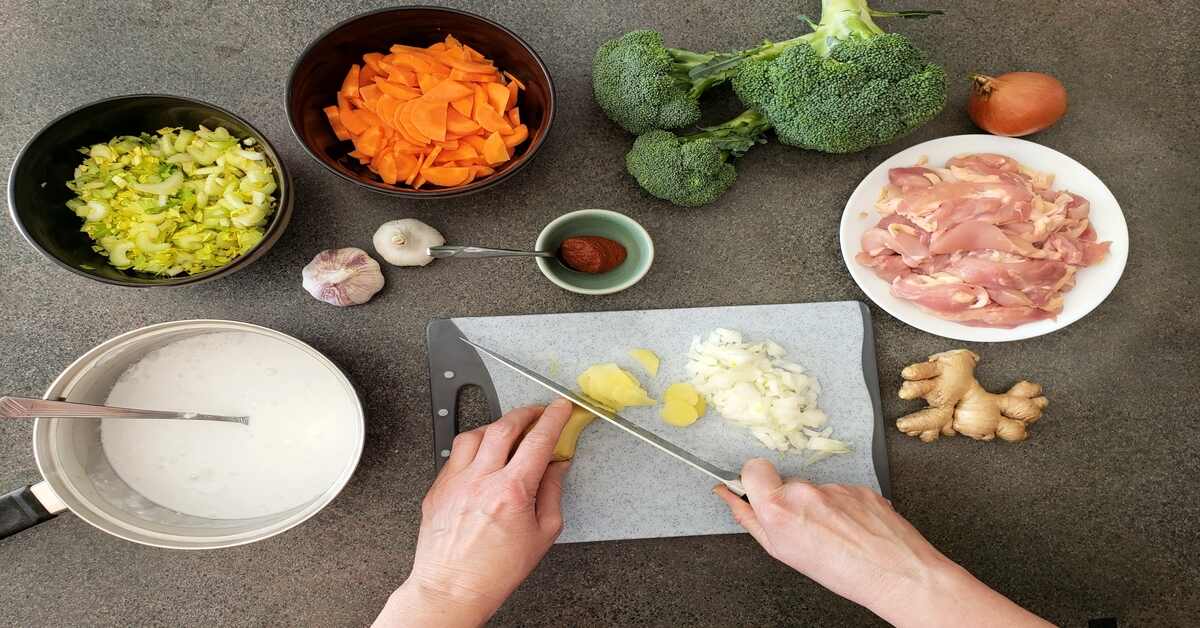
When considering Dutch food, you may immediately start thinking about cheese, stroopwafels or fresh herring. Dutch cuisine is more than just its well-known snacks. With an ancient tradition, the Dutch cuisine is based on the history of the country as an agricultural nation and a maritime nation, as well as due to its simplicity of culture. Its feature that seems most special is its balance, the comfort, the hearty, and the honest dishes that were made using locally and in-season ingredients.
Learning the fundamentals of Dutch cuisine can make you appreciate the Netherlands in terms of its flavors both the rural kitchens in the countryside and the homey urban cafes where you can enjoy the taste of the traditional Dutch comfort food.
The fundamentals of Dutch cuisine are based on the practicality and local produce. Historically, the Dutch diet was created on the basis of farming societies, which lived on root vegetables, dairy and grains. The Dutch cuisine was also affected by the exotic spices and ingredients of the East Indies, as being a maritime nation.
Geographical diversity of Netherlands: the lowlands are fertile, and there are also the coastal areas that guarantee the diversity of food culture. In the interior, the population indulges in rich stews and potatoes, and coastal towns prefer food based on fish. The Dutch philosophy of food has not changed: simplicity, sustainability and satisfaction.
Dutch cuisine is based on potatoes. They are found in a million different dishes, mashed with vegetables as stamppot, boiled as a side dish or fried into such a national dish as patat.
There is no Dutch cuisine guide that leaves out cheese. Dutch cheese is known to be rich and creamy and it is known to have long traditions of aging as in Gouda to Edam to Leyden to Maasdam.
Carrots, kale, cabbage, onions, and leeks are staples, often featured in simple, nourishing recipes. The Dutch emphasize seasonal cooking, ensuring that every ingredient tastes fresh and full of character.
Having the North Sea on its door, the Netherlands is blessed with fresh seafood. Haring (raw herring), mussels and smoked eel are national delicacies.
Bread plays a major role in daily meals. Breakfast and lunch often consist of slices of brown bread with butter, cheese, or sweet toppings like hagelslag (chocolate sprinkles).
Stamppot is a warm winter dish, made of mashed potatoes and vegetables, such as kale (boerenkool), sauerkraut (zuurkool), or carrots and onions (hutspot). It is usually served with smoked sausage (rookworst).
Also known as snert, this thick green pea soup is packed with split peas, celery, leeks, and chunks of pork. Traditionally served during winter, it’s hearty enough to stand your spoon upright in.
Dutch pancakes are larger and thinner than American ones, often filled with fruit, cheese, or bacon. They can be enjoyed for breakfast, lunch, or dinner.
Crispy battered chunks of white fish served with garlic sauce, a popular street snack near the coast.
These thin caramel-filled waffle cookies are a national treasure. Freshly made stroopwafels are best enjoyed warm from street markets.
Dutch people love their sweets. Desserts and snacks play a big role in daily life, often paired with coffee or tea.
The relaxing dining culture of the country is one of the most appealing features of the Dutch cuisine basics. Dining is communal and uncomplicated. Dinner is eaten early, around 6 PM and is centered on a single main course and no more than a few sides.
Family meals are very culturally significant. Sundays are usually roast or home-cooked meals and casual dinner could be soup, salad, or pasta. The Dutch believe in moderation, eating as a source of sustenance and not as a form of abundance.
Though the Netherlands is small, regional diversity in cuisine is remarkable.
Each province adds its own twist to Dutch cuisine basics, ensuring every region feels distinct.
You don’t need to be a professional chef to master Dutch cuisine. Here are two beginner-friendly recipes that capture the heart of the Lowlands.
Ingredients:
Instructions:
Boil potatoes and kale together until soft, then mash with butter, salt, and pepper. Add the sausage on top, slice, and serve warm.
Ingredients:
Instructions:
Whisk ingredients until smooth. Pour a thin layer into a greased pan and cook until golden. Add toppings before flipping. Serve with syrup or powdered sugar.
The modern Dutch chefs are creatively and sustainably redefining tradition. Other restaurants such as De Kas in Amsterdam and Bolenius in Rotterdam have direct suppliers who produce their ingredients in local farms and green houses. The trend of organic, plant-based, and zero-waste restaurants is becoming more popular annually.
The foundations of Dutch cuisine are standing alongside the contemporary innovation, into which the old recipes are colliding with the new, the international. It is this interplay between the ancient and the new which makes eating in the Netherlands exciting.
An exploration of the fundamentals of the Dutch food traditions is an exploration of the heart of the Netherlands one wherein history, community and taste are one to be married harmoniously. All the meals are a tale of toughness and ingenuity, influenced by land and sea.
Dutch food is comforting and linked whether you are eating warm stroopwafels in a bustling Amsterdam street or having homemade stamppot in a quiet canal. It is true that by knowing the fundamentals of Dutch cooking you will not only be tasting the Lowlands but you will be savoring its culture, heritage and heart too.
Leave A Comment